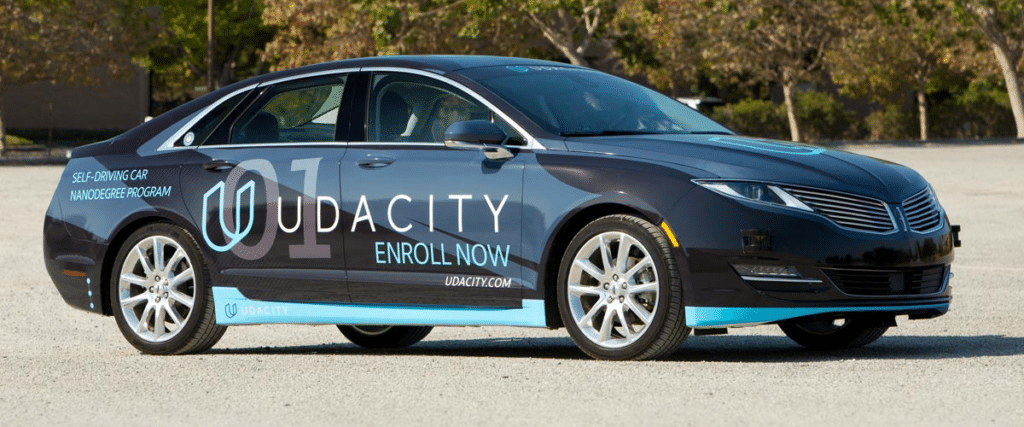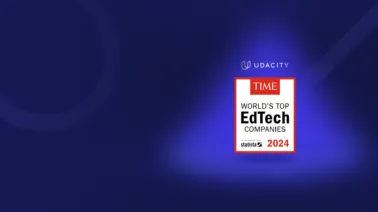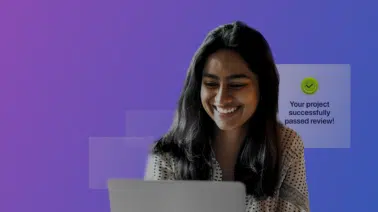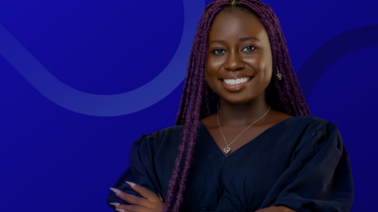In 2004, DARPA held the first Grand Challenge for an autonomous car to drive 142 miles through the Mojave desert in under 10 hours. Fifteen cars participated, none finished. In 2005, the Challenge was repeated and 23 cars entered. Four finished under 10 hours and our car “Stanley” won in 6 hours and 53 minutes—11 minutes ahead of the next car. Then, in 2010, the Google self-driving car navigated 1,000 miles of public roads in California, an unbelievable advance from that first challenge.
Today, six years later, autonomous cars have become one of the hottest areas for innovation. The Boston Consulting Group estimates the market for autonomous cars will hit $42 billion in 2025. The World Health Organization reports there are 1.2 million traffic fatalities globally every year and driverless cars could be poised to save no less than 1 million lives per year.
Technology companies, automotive manufacturers, media giants, and start-ups around the world are rapidly pushing new advances in this space, whether it be hardware or software. And, they all need talent.
This is where Udacity comes in. Today, we are announcing that our Udacity Self-Driving Car Engineer Nanodegree program is open for students to apply. It is the first and only program of its kind where most people with an internet connection—from Detroit to Damascus and from Adelaide to Aleppo—can learn the skills they need to work in one of the most amazing fields of our time.
This Nanodegree program was built with our partners Mercedes-Benz, Nvidia, Otto (recently acquired by Uber), and others. It covers topics including deep learning, computer vision, sensor fusion, localization and controllers. To this end, we have our own Udacity car that students will work on to build and run code. How cool is that!
For the first time, we will have hiring partners signed on at the get-go that will fast-track Nanodegree graduates to offer them positions across the world. They are Didi Chuxing, Mercedes-Benz, Nvidia and Otto, with more to come. We will also have partnerships in place to give scholarships to qualifying students, beginning with Nvidia.
A few weeks ago, we announced that the program was coming soon. Since that time, we have received interest from over 30,000 people around the world. What is most exciting is what they have to say. Like Salar Yazdjerdi, a software engineer in Silicon Valley:
“I have been fascinated by the vision of automated driving for years. It will change cities altogether, but more importantly, in the near future, it will save lives, and I want to be a part of this solution in my career. By taking this Nanodegree program, I will improve my programming skills, and work on real-world applications in Machine Learning and Computer Vision. I was in a tragic car crash as a child, and learning about the technology that will keep others from being in the same situation gives me great pleasure.”
Here are some details on our Self-Driving Car Engineer program:
– Applications open today at udacity.com/drive
– The program is divided into three terms of 12 weeks each
– Each term costs $800
– Scholarships will be available to students who qualify
– Applicants will hear back on October 3
– The first class will open mid-October
If autonomous cars succeed, they will change the way we think about transportation, retail, insurance, and the way we, as consumers, go about our daily lives. To make this a reality we will need the best inventors, dreamers and mavericks to come into this field from wherever they might be in the world. Udacity is all about democratizing learning and today we have the ability to put the latest advances into the grasp of millions.
It could not be a more exciting time in history!




